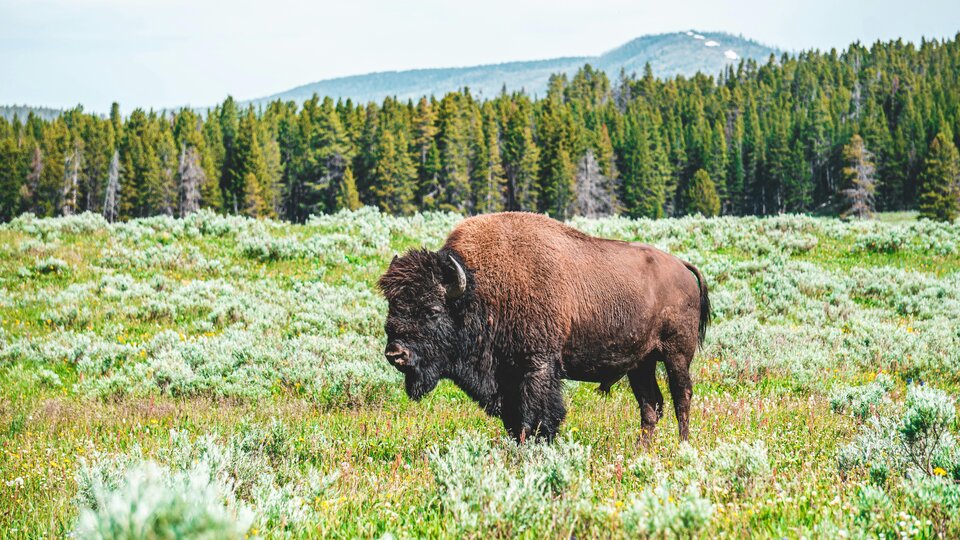Relationships
In the world of production, success isn't just about what you make – it's also about who you connect with. This unit will show you how to find the right customers and build strong partnerships. By the end of this unit, you'll have the skills to build relationships and tell your story.
Section 1: Strategic Marketing and Partnerships
Getting the word out about your traditional foods, crafts, or other products means finding the right partners, understanding your ideal customers, and creating a marketing message that really connects. Here's how to make those connections strong and long-lasting:
- Expand Your Reach: Teaming up with cultural centers, Indigenous-owned businesses, or even other producers helps you reach new customers. Look for partnerships that honor your cultural values and commitment to quality – would the local restaurant appreciate your traditional wild rice, or would your handcrafted jewelry be a perfect fit for a gallery showcasing Indigenous artists?
- Know Your Ideal Customer: Understanding what matters most to your target market is the key to creating marketing that makes an impact. Do they care about supporting Indigenous producers? Preserving traditional knowledge? Sustainable harvesting practices? Find the core values that match your products and use them to guide your marketing efforts.
- Build Your Marketing Dream Team: Choose partners who respect your cultural beliefs, understand your products, and reach the right audience. Don't just focus on price – think about the long-term benefits of partnering with people who are genuinely excited about what you offer and are committed to promoting Indigenous products. Relationships that benefit both sides and support the Indigenous community are the most valuable and have the greatest potential for growth and success.
Section 2: Consumer Engagement and Perception
Understanding the deeper reasons why people choose products made by Indigenous producers gives you the power to build a loyal customer base. Here's how to tap into that mindset:
- Values Drive Sales: Customers often connect Indigenous products with cultural authenticity, traditional knowledge, ethical sourcing, and supporting Indigenous communities. Highlight these benefits in your marketing to make your products stand out! Do your products use traditional ingredients or techniques? Do your sales support Indigenous language programs or youth initiatives? Share these stories to connect with customers who value cultural preservation and community empowerment.
Social Media is Your Direct Line: Platforms like Facebook, Instagram, and Twitter let you connect with potential customers, showcase your culture and processes, and share what makes your products unique. Show the faces behind the products and build personal connections. Go beyond product descriptions – share your passion for preserving traditional knowledge and supporting your community. Are you committed to sustainable harvesting practices? Do you create one-of-a-kind crafts inspired by your tribe's stories? Authentic stories that celebrate Indigenous resilience and creativity are valued by Indigenous communities and beyond.
Section 3: Collaborative Marketing Efforts
Collaborating with your buyers boosts your marketing visibility, strengthens partnerships, and benefits everyone involved.
- Strategic Timing: Tie your promotions in with your buyers' special events and celebrations. Does your traditional herbal tea blend complement a local wellness center's workshop? Think collaboration! Look for opportunities to showcase your products in culturally relevant contexts.
- Be the Partner They Love: A professional, collaborative approach to marketing makes buyers excited to work with you. Offer ideas tailored to their goals, and brainstorm ways to cross-promote each other's businesses. Share your cultural knowledge and stories to help buyers appreciate the significance of your products. Suggest ways to educate customers about the importance of supporting Indigenous producers and preserving traditional craftsmanship.
- Get Involved in Your Community: Sharing your story at gatherings, art markets, or even cultural education events can attract new customers who care about supporting Indigenous businesses. This not only strengthens your ties within the community but also shows customers that your business is committed to making a positive impact.
Section 4: Comprehensive Communication Strategy
An effective communication plan means customers recognize your brand and know what to expect, no matter where they find you. Here's the key:
- Be Where Your Customers Are: Engaging with potential customers online, through a well-designed website or social media presence, and in person at Indigenous events creates a well-rounded experience and reinforces your brand's presence. Think about using traditional designs in your packaging and highlighting the cultural significance behind your products. Working with other Indigenous businesses or organizations can also help expand your reach and create memorable experiences for customers.
Direct Connections Matter: Honest, open communication with your buyers builds trust. Building brand recognition attracts new customers and keeps regulars coming back; be attentive to their needs, concerns, and feedback – it shows you care about the relationship beyond just the sale. Teach them about the traditional knowledge and practices that go into your offerings, when customers feel a personal connection to your brand and understand the positive impact of their purchase, they are more likely to become regular supporters of your business.
